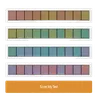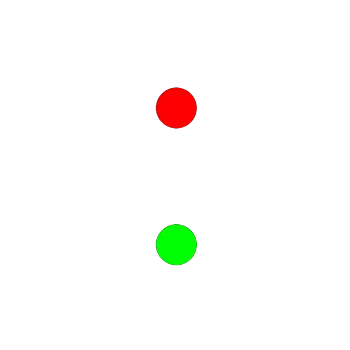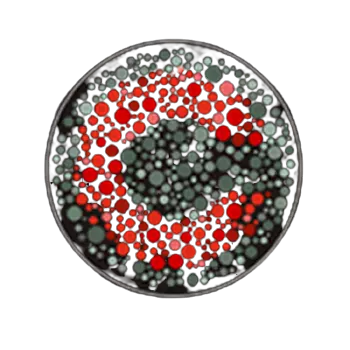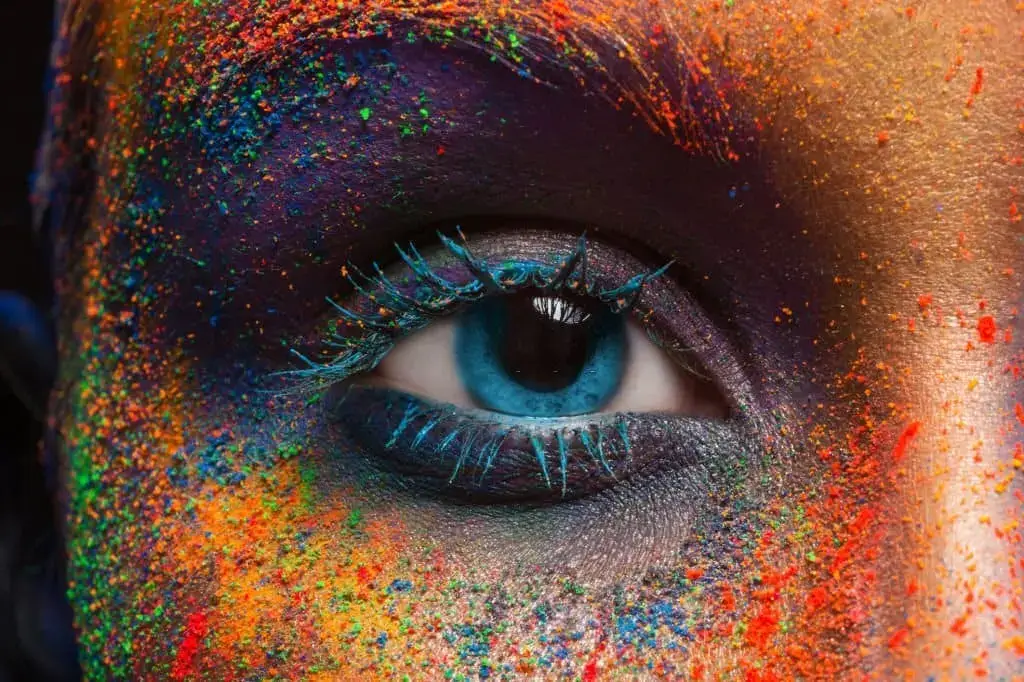Color Blind Test For Kids
Discover if your child is color blind with our easy and accurate Color Blind Test. The test provides a simple and effective way to detect color blindness.
- The test shows you various Ishihara plates, each displaying numbers that you need to identify correctly to pass this test.
- Remove any glasses with colored lenses. This test requires you to use your naked eye for accurate results.
- Increase your screen brightness to a high level. Dim lighting can affect your ability to see colors accurately.
- For better results, take this test on a larger screen, like a tablet or laptop.
Know More About Color Blindness
Color blindness is a disease or term in which you don't see some colors as the other people see them.
Red-Green: color blindness is the most common type in the color blindness. In which you have trouble telling the difference between green, brown, red and orange colors.
Blue-Yellow: It's a rare type In which the person won't recognize or hard to tell the difference between blue and yellow color.
Color Blindness in Children

The researchers found that the kids most likely to be had color blindness are Caucasian boys. In a survey they say that less than 6% of Caucasian boys are having the symptoms of color blindness, as compared to asian boys. In girls chance of having color blind is nearly 0.5%.
In the childrens who are color blind may experience following symptoms:
They will get difficulty in telling the difference between colors, different shades of colors and also had difficulty in distinguishing various brightness levels of colors. It will affect the kids at schools if and only if materials are color codes or contain colors in symbols.
Causes of color blindness
Color blindness is a condition in which a person has difficulty seeing certain colors or has difficulty distinguishing between different colors. There are several causes of color blindness:
- Inherited genetic factors: The most common cause of color blindness is an inherited genetic factor, which is passed down from parent to child. This type of color blindness is usually caused by a defect in one of the genes responsible for the production of color-sensitive photoreceptor cells in the retina.
- Aging: As we age, the cells in our eyes can deteriorate, leading to a decline in color perception.
- Damage to the eye or optic nerve: Trauma to the eye or optic nerve, or diseases such as cataracts or glaucoma, can also cause color blindness.
- Certain medications: Some medications, such as certain antibiotics and anti-inflammatory drugs, can cause color blindness as a side effect.
- Exposure to toxins: Exposure to certain chemicals and toxins, such as lead and mercury, can also cause color blindness.
It's important to note that color blindness is not a complete loss of color vision, and most people with color blindness are still able to see some colors. The severity of color blindness can vary, and some individuals may only have mild difficulty distinguishing between certain colors, while others may have more significant difficulties.
In conclusion, color blindness is a condition in which a person has difficulty seeing certain colors or has difficulty distinguishing between different colors. It is caused by several factors, including inherited genetic factors, aging, damage to the eye or optic nerve, certain medications, and exposure to toxins. The severity of color blindness can vary, and most people with color blindness are still able to see some colors.
Symptoms of colour blindness
If your child has colour blindness, they might have trouble telling the difference between reds, greens, browns and oranges after about the age of 4 years. Your child might say that 2 different colours are the same or struggle to separate things according to colour.
- Difficulty in distinguishing between certain colors
- Inability to see color changes in brightly colored objects
- Mistaking one color for another
- Struggling to complete tasks that require color differentiation, such as matching clothes
- Avoiding activities that require color recognition, such as coloring.
Does your child need to see a health professional about colour blindness?
Yes, if your child is showing symptoms of color blindness, they should see an eye doctor or a pediatrician for a proper evaluation. An early diagnosis can help determine the type and cause of color blindness and if there are any underlying vision problems that need to be addressed. The doctor may refer your child to a specialist for further testing and treatment.
Treatment for colour blindness
There is no cure for color blindness, but there are ways to manage it and make it less impactful in daily life. These include:
- Color correction lenses or glasses
- Color filtering software for electronic devices
- Adaptive aids, such as special color-coded maps and educational tools
- Special education and training to help identify colors
- Color-coding and labeling systems
Is there a color blind test for kids?
Yes, we have a color-blind test for kids and criteria to start the test. The kids''s Minimum age should be equal to or more than four years old
Also, we have a test for adults, Instead of shape and symbol in this test digits are printed on the ishihara plates.







